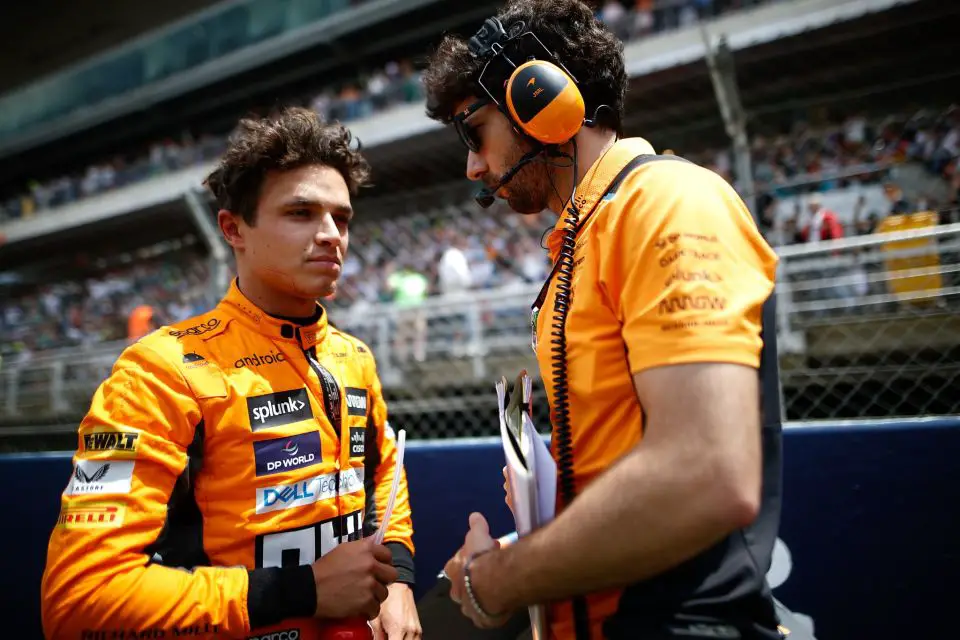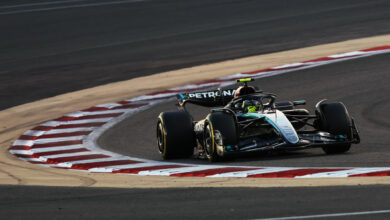Lando Norris Cleared by FIA in Saudi GP: Understanding the Non-Penalty Decision
In the latest F1 race at the Saudi Arabian GP, Lando Norris escaped a penalty for what appeared to be a ‘jump start’. The FIA clarified their decision, revealing that Norris’s action did not trigger their jump start detection system.
Key Takeaways:
- Lando Norris’ Premature Movement: Norris’s slight forward jolt before the race start didn’t activate the FIA’s jump start detection system, thus avoiding a penalty.
- FIA’s Decision Rationale: The decision to not penalize Norris was based on data from a transponder on his car, which is the official criterion for determining a jump start in F1.
- Comparison with Past Precedents: Similar instances have occurred in F1 history, where drivers like Valtteri Bottas and Sebastian Vettel escaped penalties for minimal infractions at the start line.

The recent Saudi Arabian Grand Prix has been a topic of intense discussion among F1 enthusiasts, especially regarding an incident involving McLaren driver Lando Norris. Norris, who was starting from the sixth position on the grid, displayed a minor but noticeable movement before the official start signal of the race. This action prompted immediate attention, with George Russell of Mercedes pointing out the possible infraction.
The controversy revolved around whether Norris’s action constituted a jump start, warranting a penalty. Jump starts in Formula One are serious offenses, typically resulting in a drive-through or time penalty, significantly affecting a driver’s race. The FIA stewards promptly reviewed the incident, considering the telemetry data and video footage. Their investigation focused on the readings from a standard transponder fitted in Norris’s McLaren, which serves as the primary metric for detecting a jump start.
According to the FIA’s regulations, specifically Article 48.1 a) of the Formula One Sporting Regulations, the determination of a jump start is based solely on the transponder data. The stewards’ statement shed light on their decision-making process:
“The stewards reviewed positioning/marshalling system data, video and determined that the video appeared to show that car 4 moved before the start signal was given.
“However, the FIA approved and supplied transponder fitted on the car did not indicate a jump start.
“Article 48.1 a) of the Formula One Sporting Regulations states clearly that the judgment of whether or not there was a jump start is to be made in accordance with the transponder, which did not show a jump start. In the circumstances, we took no further action.”
This decision highlights the reliance on technology and specific regulations in the adjudication of race incidents, emphasizing the importance of objective data over visual judgment in F1 rulings.
Lando Norris’s race performance, despite the early incident, was commendable. He finished in eighth place, just behind Oliver Bearman and ahead of the nine-time race winner, Lewis Hamilton. His McLaren teammate, Oscar Piastri, managed an impressive fourth-place finish, marking a significant achievement for the McLaren team in this highly competitive season.

